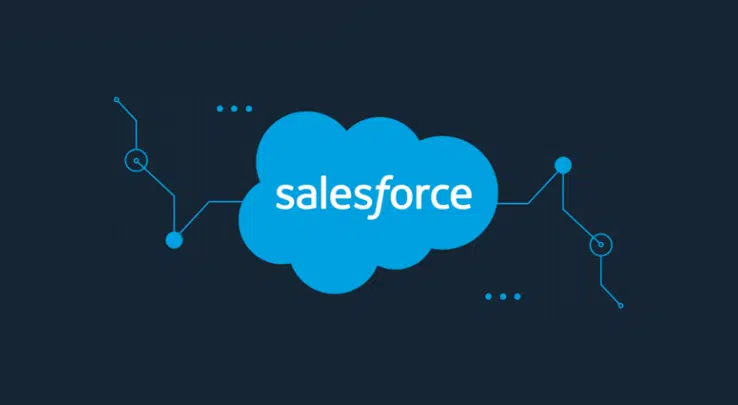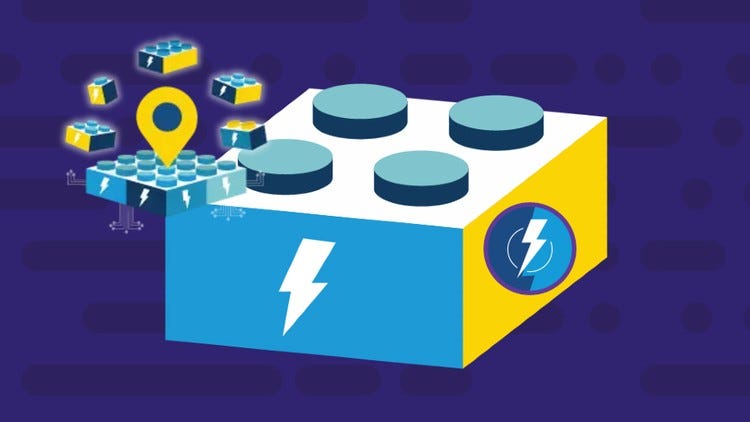Description
Introduction of SAP CRM and SAP S/4HANA
The “Integrating SAP CRM with SAP S/4HANA and Other SAP Modules” training program is designed for SAP consultants, developers, and system integrators who want to enhance their skills in integrating SAP CRM (Customer Relationship Management) with SAP S/4HANA and other SAP modules like SAP ERP, SAP BW, SAP Hybris, and SAP SCM. This course will provide participants with a comprehensive understanding of integration techniques, tools, and best practices to ensure seamless data flow and process synchronization across different SAP systems. Participants will learn how to leverage SAP middleware, such as SAP Process Orchestration (PO) and SAP Cloud Platform Integration (CPI), and explore real-time integration scenarios that improve customer experience and operational efficiency.
Prerequisites:
To fully benefit from this training, participants should have:
- Basic knowledge of SAP CRM functionalities and architecture.
- Familiarity with SAP S/4HANA and its core modules (e.g., Finance, Sales, Supply Chain).
- Understanding of SAP NetWeaver, SAP Process Orchestration (PO), or SAP Cloud Platform Integration (CPI).
- Basic knowledge of SAP ABAP programming and data modeling concepts.
- Experience with integration technologies (e.g., APIs, IDocs, OData, SOAP, REST) is beneficial.
Table of Contents:
1: Introduction to SAP CRM and S/4HANA Integration
1.1 Overview of SAP CRM and SAP S/4HANA Architecture
1.2 Key Integration Scenarios and Business Use Cases
1.3 Benefits of Integrating
1.4 Introduction to Integration Tools and Technologies
1.5 SAP Process Orchestration (PO)
1.6 SAP Cloud Platform Integration (CPI)
1.7 Setting Up the Integration Environment
1.8 Hands-on Exercise: Configuring SAP CRM and SAP S/4HANA for Integration
2: Understanding SAP Middleware and Integration Tools
2.1 Overview of SAP Middleware Solutions
2.2 SAP NetWeaver Process Integration (PI/PO)
2.3 SAP Cloud Platform Integration (CPI)
2.4 Basics of SAP ALE and IDocs for Data Exchange
2.5 Utilizing OData and SOAP Web Services for Integration
2.6 Hands-on Exercise: Setting Up SAP PI/PO and Creating Basic Integration Flows
3: Data Integration Between SAP CRM and SAP S/4HANA
3.1 Data Model Alignment: Understanding Master Data
3.2 Synchronizing Customer and Product Master Data
3.3 Integrating Sales Orders and Service Requests
3.4 Real-Time Data Replication Techniques
3.5 Hands-on Exercise: Implementing Data Replication
4: Process Integration and Synchronization
4.1 Overview of Key Business Processes for Integration
4.2 Sales and Distribution (SD)
4.3 Customer Service (CS)
4.4 Marketing and Campaign Management
4.5 Synchronizing Sales and Service Processes Between SAP CRM and S/4HANA
4.6 Best Practices for Process Orchestration and Monitoring
4.7 Hands-on Exercise: Configuring Process Integration Using SAP PO/CPI
5: Advanced Integration Techniques
5.1 Advanced Use of IDocs, BAPIs, and RFCs for Integration
5.2 Enhancing Integration with Custom Development (ABAP and SAPUI5)
5.3 Utilizing SAP Cloud Integration Gateway for Hybrid Scenarios
5.4 Integrating with Non-SAP Systems and Third-Party Applications
5.5 Hands-on Exercise: Developing Custom ABAP Programs for Integration
6: Integrating SAP CRM with Other SAP Modules
6.1 Integration with SAP ERP and SAP SCM for Comprehensive Business Processes
6.2 Integrating SAP CRM with SAP BW for Enhanced Analytics
6.3 Overview of SAP Hybris Integration for E-Commerce Solutions
6.4 Best Practices for Multi-System Integration in SAP Landscapes
6.5 Hands-on Exercise: Setting Up Integration Between SAP CRM, SAP BW, and SAP ERP
7: Security, Monitoring, and Troubleshooting Integrated Systems
7.1 Security Considerations for its Integration
7.2 Implementing SAP Security Best Practices for Data Integration(Ref: Advanced KNIME Techniques: Mastering Data Integration and Automation)
7.3 Monitoring Integration Flows with SAP Solution Manager
7.4 Troubleshooting Common Integration Issues and Performance Tuning
7.5 Hands-on Exercise: Configuring Security Settings and Monitoring Tools for Integrated Systems
8: Real-World Integration Scenarios and Capstone Project
8.1 Case Studies: Successful SAP CRM and SAP S/4HANA Integrations
8.2 Exploring Real-World Integration Scenarios in Various Industries
8.3 Capstone Project: Designing and Implementing a Comprehensive Integration Solution
8.4 Mapping Customer Data Across Systems
8.5 Automating Sales Order Processing and Service Management
8.6 Generating Real-Time Reports and Dashboards
8.7 Hands-on Exercise: Building and Presenting the Capstone Project
9: Certification Preparation and Next Steps
9.1 Preparing for SAP Certified Application Associate – CRM and SAP S/4HANA Integration Exam
9.2 Review of Key Concepts and Best Practices
9.3 Study Tips and Resources for Exam Preparation
9.4 Exploring Advanced SAP Integration Tools and Techniques
9.5 Course Wrap-Up and Feedback
9.6 Final Q&A and Course Completion
Conclusion
By the end of this training, participants will have a solid understanding of how to integrate SAP CRM with SAP S/4HANA and other SAP modules to streamline business processes and enhance data flow. They will gain practical experience in using various integration tools and techniques, preparing them for real-world implementation and certification.







Reviews
There are no reviews yet.